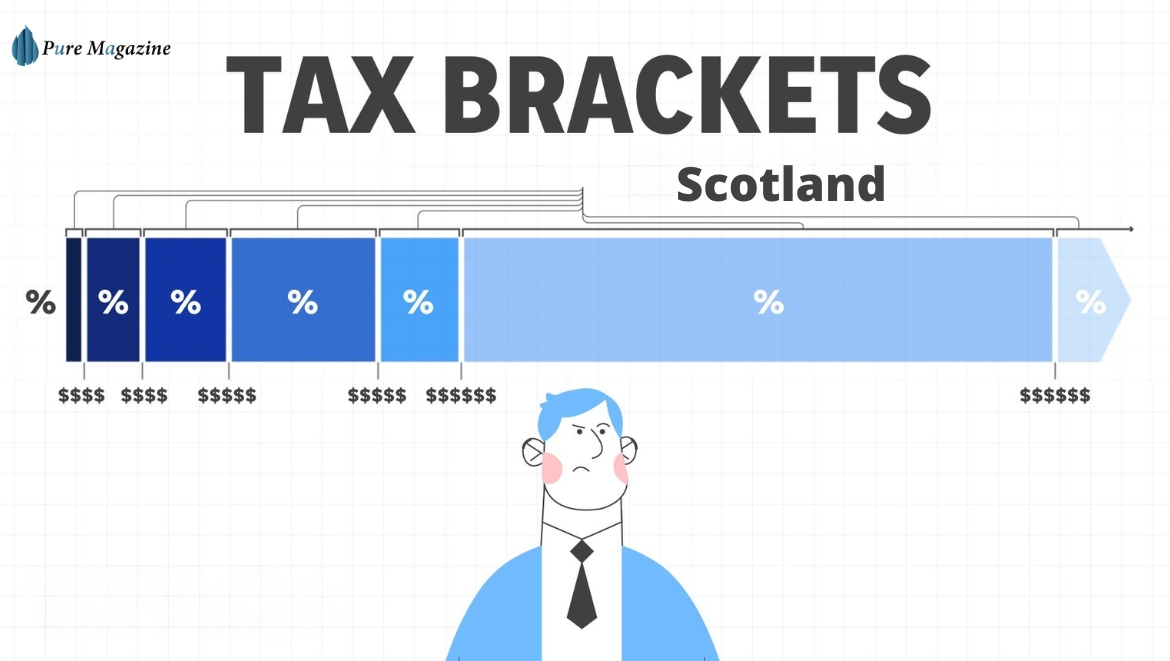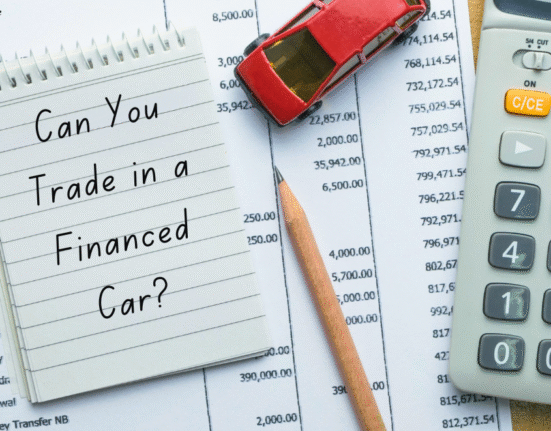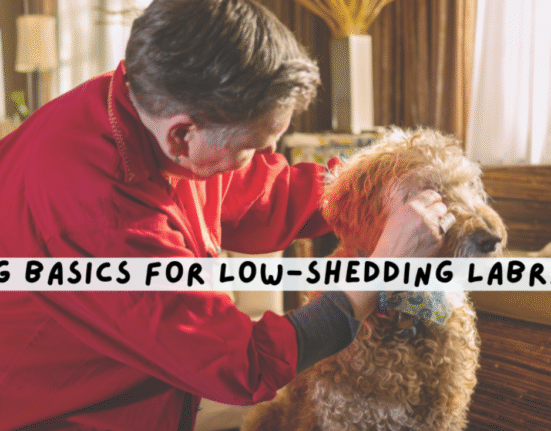Picture this: you’ve just started a new job in Edinburgh. You open your payslip and notice something different—the deductions don’t match your friend’s in London. That’s because Scotland has its own income tax rules. Understanding tax brackets in Scotland isn’t just bookkeeping—it’s about knowing how much of your hard-earned money stays with you and how much goes to the government.
This guide walks you through the system like a friendly map, showing you what each band means, how it compares to the rest of the UK, and how you can make smart choices with your income.
Why Scottish Income Tax Feels Different
Scotland’s tax system works like a staircase: as your income climbs each step, it gets taxed a little more.
The Scottish Parliament sets these rates independently of the UK government. Your salary, bonuses, and dividends fall into different bands. Employers collect taxes through PAYE, while freelancers and business owners report theirs via Self Assessment. Think of each band as a slice of your earnings: small slices face lighter taxes, and bigger slices get taxed more heavily.
Knowing exactly where your slices fall makes planning easier and can prevent surprises at the end of the year. For a full breakdown, see our detailed guide on Scottish tax bands.
The 2025/26 Tax Brackets in Scotland
Here’s what your income staircase looks like this year:
| Band | Income (£) | Rate (%) |
| Starter Rate | 12,571 – 14,732 | 19% |
| Basic Rate | 14,733 – 25,688 | 20% |
| Intermediate Rate | 25,689 – 43,662 | 21% |
| Higher Rate | 43,663 – 125,140 | 41% |
| Top Rate | 125,141+ | 46% |
Example: Let’s say you earn £30,000. The first £12,570 sits in the safety zone—untaxed. The next slices fall into 19%, 20%, and 21% bands. You only pay the higher percentages on the portion above the lower bands. It’s like paying for each step of a staircase separately, not the whole climb at the top rate.
Scotland vs. England: Why Location Matters
Scotland isn’t just quirky; it’s more expensive for higher earners compared to England:
| Band | Scotland (%) | England (%) |
| Basic | 20 | 20 |
| Higher | 41 | 40 |
| Top | 46 | 45 |
If you’re juggling side hustles or dividends, this difference matters. Planning with the Scottish bands in mind can help you avoid paying more than necessary.
Different Types of Income and How They’re Taxed
Different types of income are treated differently:
- Salary & Wages: Follows the bands above.
- Dividend Income: Some allowance applies, but higher earners pay more.
- Self-Employment: Report via Self Assessment. Track expenses carefully to lower your taxable income.
Knowing this lets you decide whether to take more salary, dividends, or reinvest in your business.
Cracking the Tax Code
Your tax code is like a secret handshake with HMRC—it tells your employer how much tax to take from your paycheck. Curious about what each code means and how it affects you? Take a look at our complete guide to HMRC tax codes to make sure you’re not paying too much.
Here are the most common codes you’ll encounter:
- 1257L: Standard personal allowance applied.
- BR: All income taxed at the basic rate—common for second jobs.
- OT: No allowance applied, often temporary.
You can check your current code in your HMRC Personal Tax Account to avoid overpaying. Even small mistakes here can cost hundreds, so it’s worth keeping an eye on.
Using Calculators: Your Compass in the Tax Maze
Tools can turn confusion into clarity:
- Scottish Income Tax Calculator
- UK Scottish Tax Rates
Plug in your income, see which bands apply, and plan your finances confidently.
Allowances & Benefits: Hidden Helpers
Taxes aren’t the whole picture. Certain allowances and benefits can reduce your taxable income:
- Universal Credit: Reduces as income rises.
- Personal Allowance: £12,570 shields the lowest slice of income.
- Other allowances: Marriage, blind person’s, or pension contributions all lower your tax.
Using these wisely keeps more money in your pocket and ensures you don’t overpay.
Practical Tips for Scottish Taxpayers
- Maximize allowances: Pension contributions and ISAs are strategic moves.
- Check your tax code: Ensure PAYE isn’t deducting too much.
- Report side income: Freelance or part-time work counts—avoid penalties.
- Stay updated: Scottish tax bands change annually; don’t get caught off guard.
FAQs
Q: What are the tax brackets in Scotland for 2025?
A: Scotland taxes income across five main bands: Starter 19%, Basic 20%, Intermediate 21%, Higher 41%, and Top 46%. Understanding these Scottish income tax rates lets you plan your finances and see exactly how much tax you pay at each level.
Q: How much tax will I pay on £50,000 in Scotland?
A: For a £50,000 income, your earnings will fall across the Starter, Basic, and Intermediate bands. Exact amounts depend on personal allowances and other deductions, so using a Scottish tax calculator is the best way to see your precise tax liability.
Q: Is Scottish income tax higher than in England?
A: Often, yes. Scottish taxpayers generally pay more at higher income levels because of the Intermediate, Higher, and Top rates. Comparing tax brackets in Scotland vs England can help you make informed financial decisions.
Q: Are dividends taxed in Scotland?
A: Yes. Dividend income is subject to tax in Scotland, with rates varying depending on your total income. Understanding Scottish dividend tax rates ensures you plan withdrawals and investments wisely.
Q: Can I change my Scottish tax code?
A: Yes. Your tax code determines how much tax is deducted via PAYE. If it’s incorrect, you can update it directly with HMRC or through your employer to avoid overpaying.
Bottom Line
Knowing how tax brackets work in Scotland isn’t just for accountants—it’s about staying in control of your money. By understanding which bands apply to your income and making the most of allowances and tools, you can plan smarter and keep more of what you earn. Think of this guide as a roadmap: the clearer the path, the easier it is to navigate your finances confidently.








